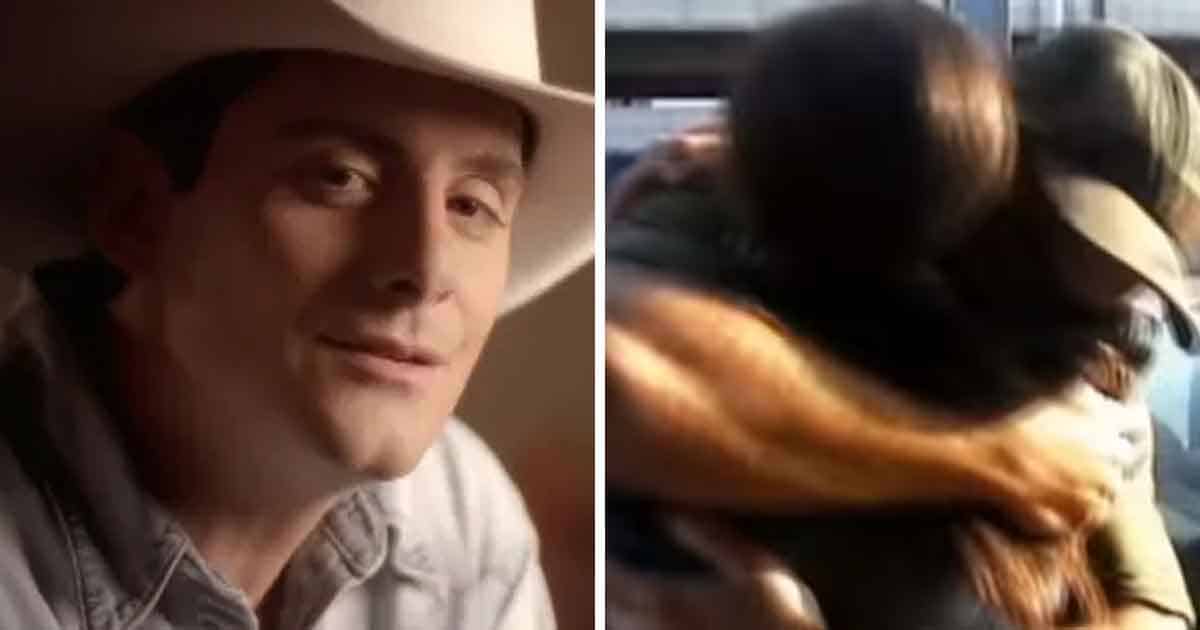Just before sunrise on January 1, 1953, a sleek baby-blue Cadillac pulled into a gas station in Oak Hill, West Virginia. In the backseat, Hank Williams was found lying unresponsively and apparently dead for several hours.
The country music superstar was slated to perform at the Municipal Auditorium in Charleston, West Virginia but had to cancel due to an ice storm. Williams then hired Charles Carr, a college freshman on Christmas break, as his driver. Carr drove Williams to his next appearance, which was a New Year’s Day concert at the Canton Memorial Auditorium in Canton, Ohio.
However, Williams was feeling ill along the way. So, the two decided to stop by Andrew Johnson Hotel in Knoxville, Tennessee, where Carr requested a doctor to check on Williams. The “I’m So Lonesome I Could Cry” singer was then given two shots of vitamin B12 containing morphine.
Unfortunately, alcohol and morphine did not go well; thus, Williams was no longer able to make it to his next stop. He died of a heart attack in a drug and alcohol-induced paralysis.
An estimated 20,000 people attended Hank Williams’ funeral at Municipal Auditorium in Montgomery, Alabama. Ernest Tubb, Red Foley, and Roy Acuff were just some of the country singers who paid tribute to Williams – by singing “I Saw The Light.”
Hank Williams’ Last Years Were Imbued In Growing Misery And Substance Abuse
During World War II, Hank Williams commuted between Mobile and Montgomery to work in a shipyard at the same time, going after his musical career. At this time, Williams started abusing alcohol – particularly to relieve his agonizing back pain due to a congenital spinal disorder.
Since then, he has used morphine and alcohol to dull his physical pain as well as his heartache from his tumultuous relationship. Little did he know it would become a problem that would haunt him for the rest of his life and would lead to his untimely death.
Fortunately, Hank Williams’ songs keep his legacy alive.


















